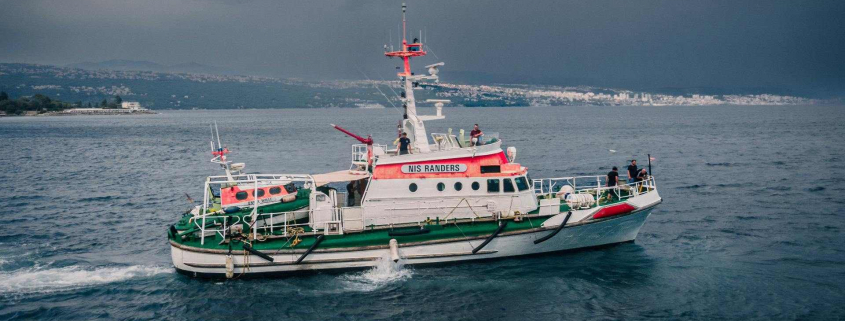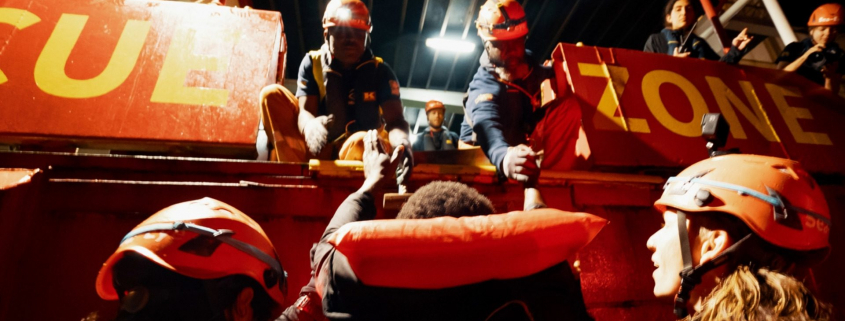According to the International Organisation for Migration (IOM), more than 30,000 people have gone missing in the Mediterranean since 2014. Sea-Eye calls on the EU to take responsibility.
The number of people missing in the Mediterranean has now passed the 30,000 mark, according to the IOM’s Missing Migrants Project. Statistics show that almost 80 % of the missing are from the central Mediterranean. The most common cause of death is drowning. Many of the victims are children. In 2024 alone, more than 1,000 people went missing on the deadliest escape route.
“Instead of taking action against aid organisations, the European Union and its member states must finally face up to their responsibilities in the Mediterranean. At the moment, instead of tackling the causes of flight and ensuring safe escape routes, they are making our humanitarian work even more difficult: through detentions, the allocation of distant ports or stricter conditions for civilian rescue vessels. Court rulings such as the one in Reggio Calabria clearly show that the measures taken against our operations are an abuse of state power. The EU is now responsible for over 30,000 deaths in the Mediterranean. We finally need to move away from this brutal European border regime towards a migration policy based on human rights,” demands Gorden Isler, Chairman of Sea-Eye.
Between June 2023 and June 2024 alone, the SEA-EYE 4 was detained in Italy for a total of 120 days. The Regensburg-based organisation has already filed several lawsuits against the unlawful detention. On June 5th, the court in Reggio Calabria upheld a complaint by Sea-Eye and declared the 60-day administrative detention of the SEA-EYE 4 in March 2024 to be unlawful.
In response to the ongoing crisis in the Mediterranean Sea, Sea-Eye e.V. is sending a former all-weather lifeboat to the Mediterranean this year. Oscar-nominated actress Sandra Hüller christened the rescue ship, now named the SEA-EYE 5, on Monday.

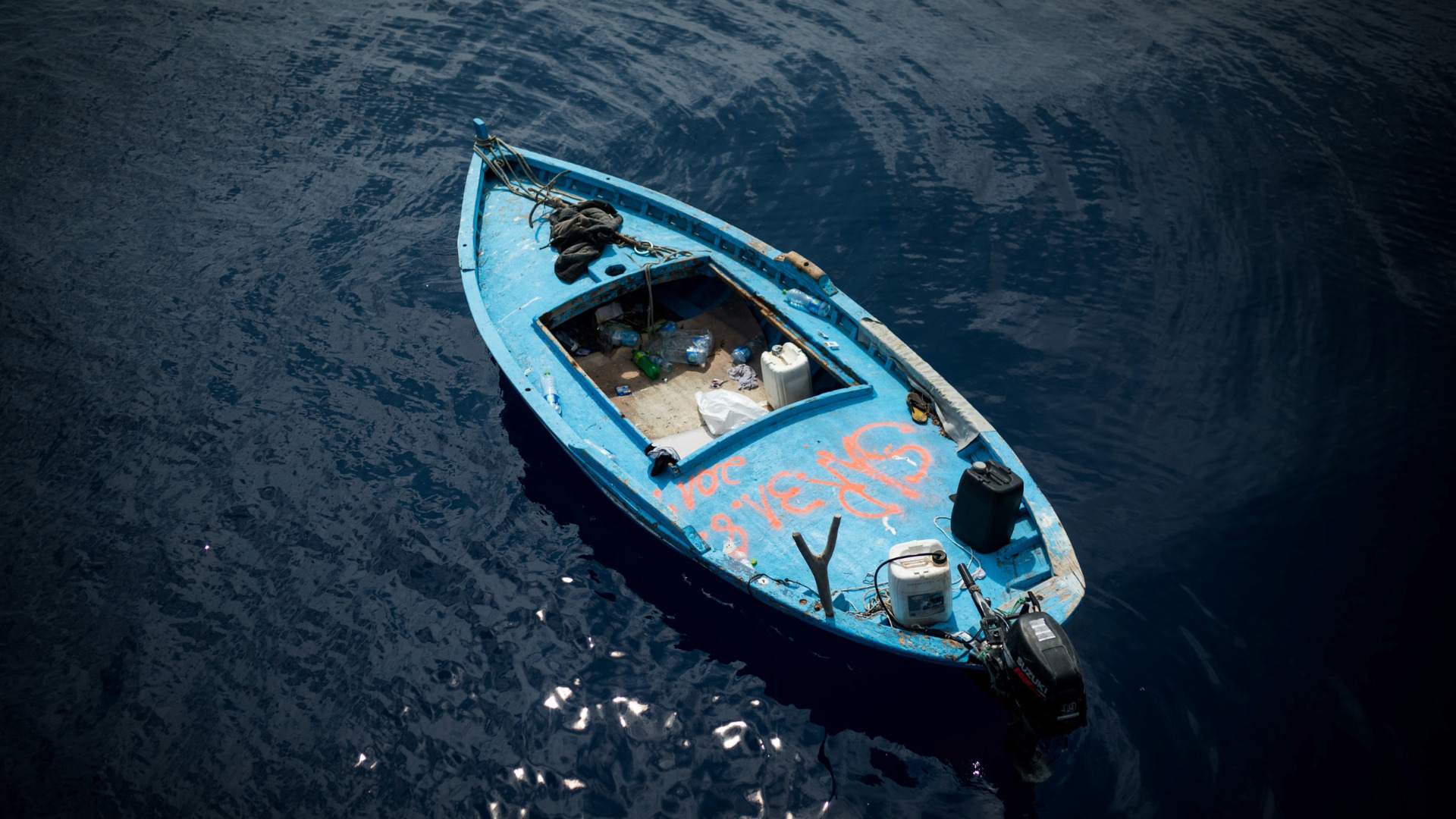
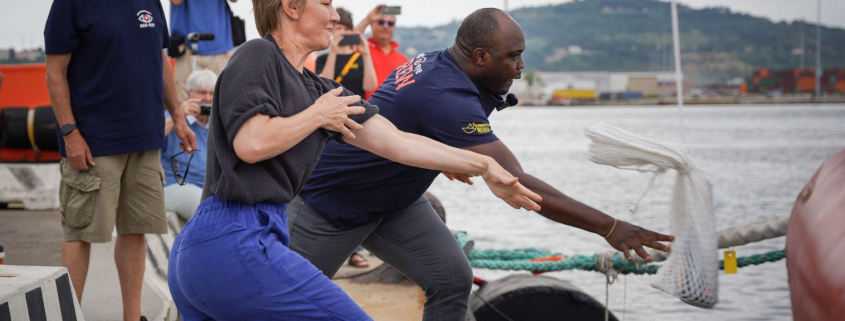 Maik Lüdemann
Maik Lüdemann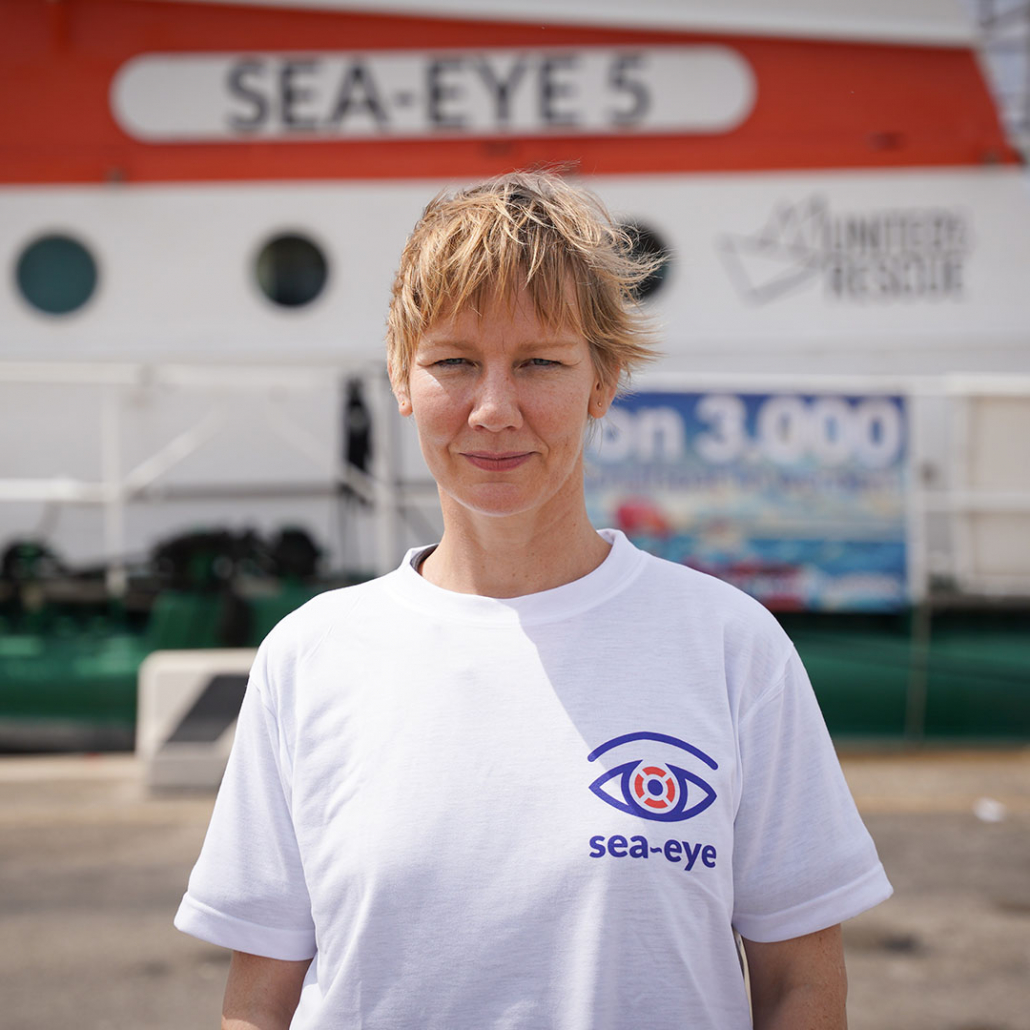
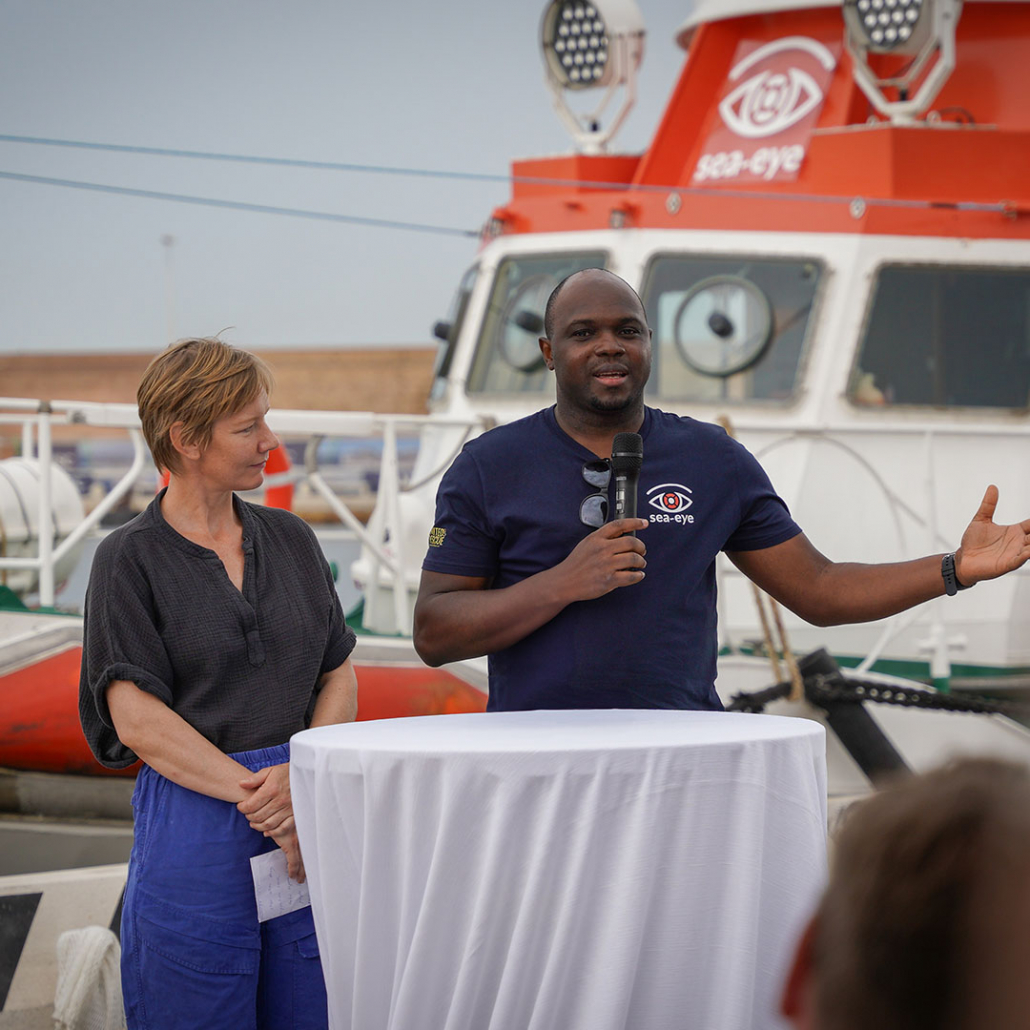
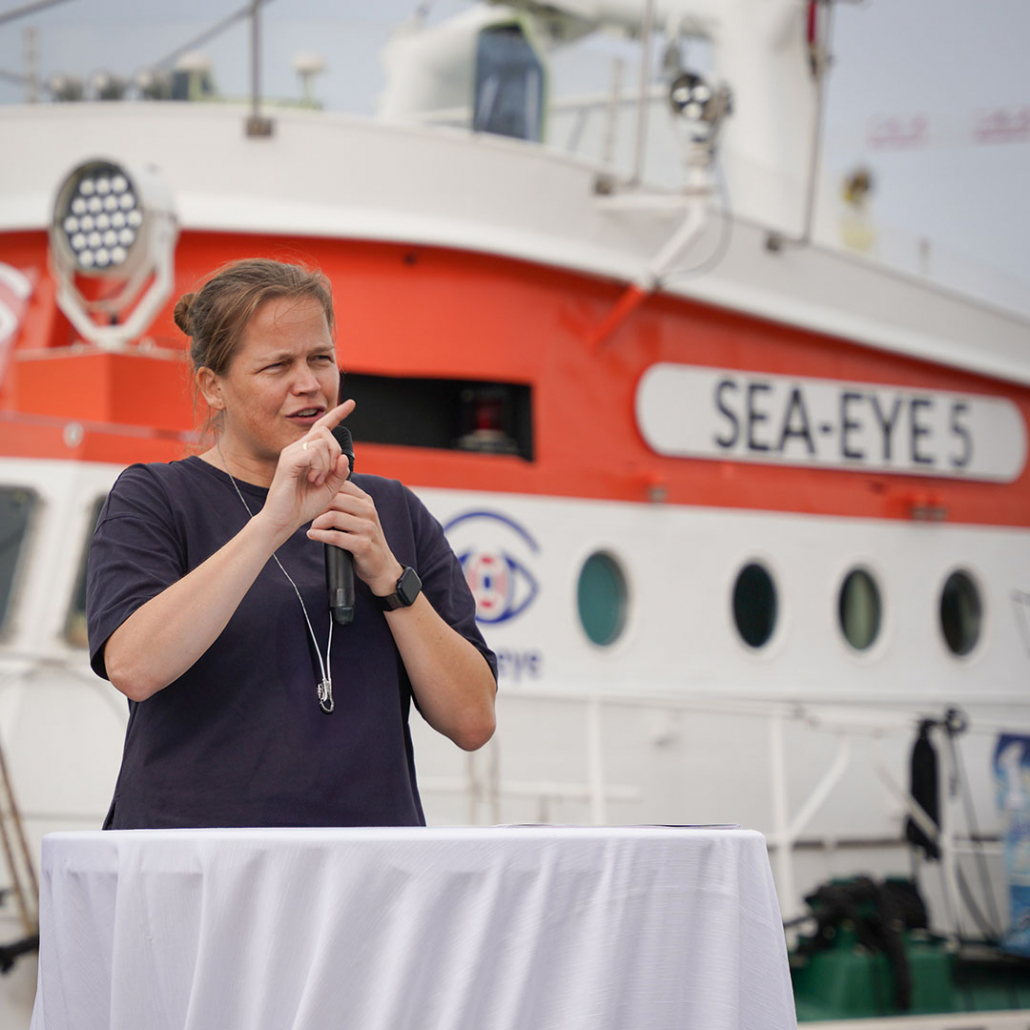
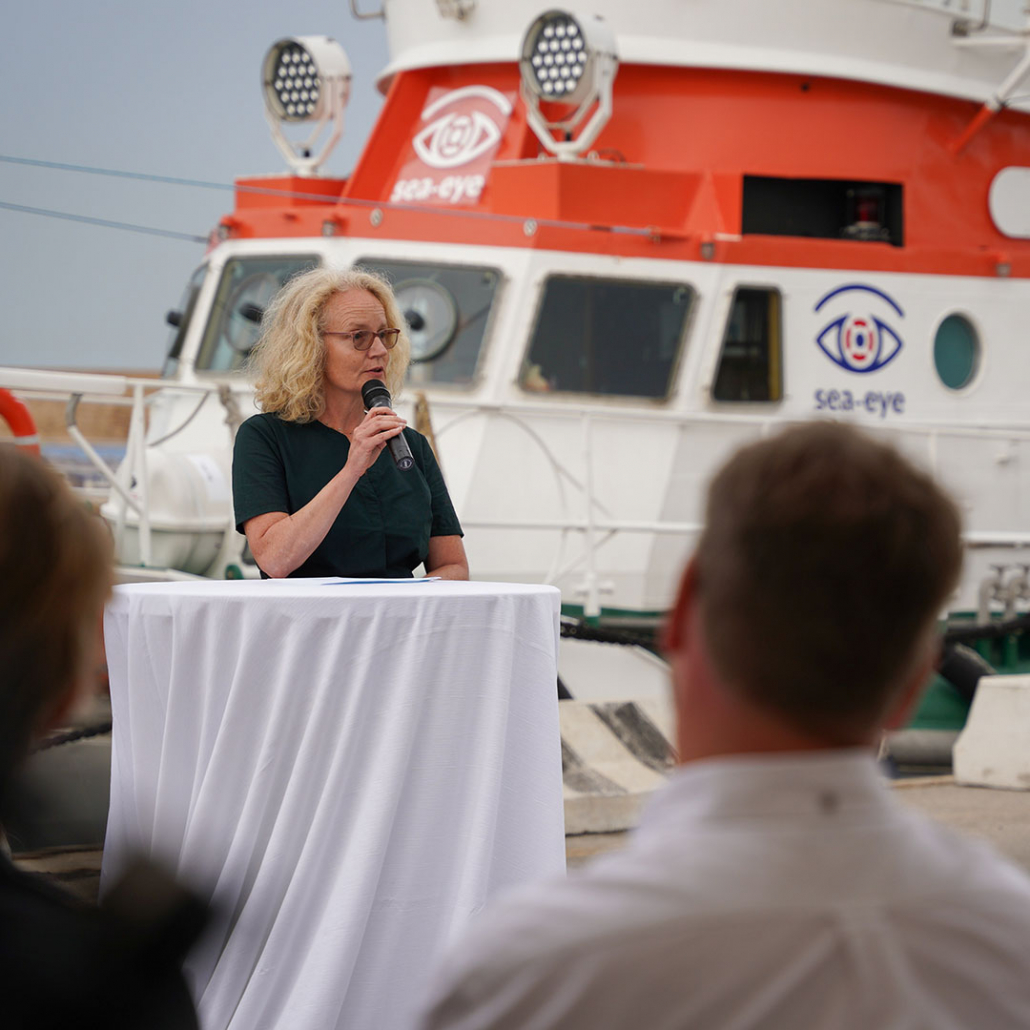
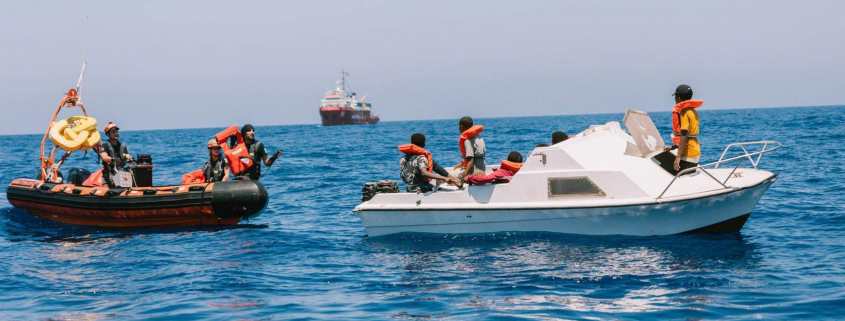
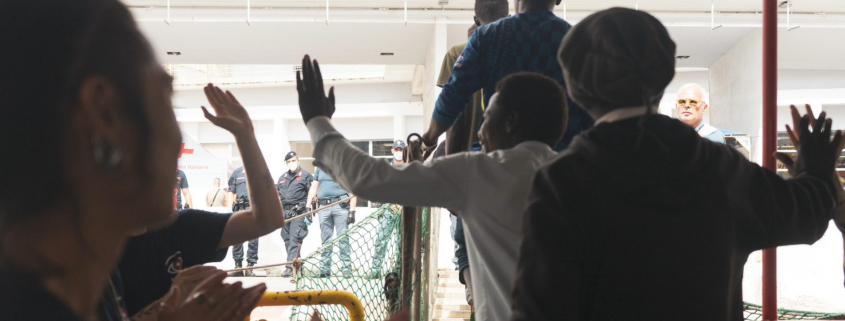
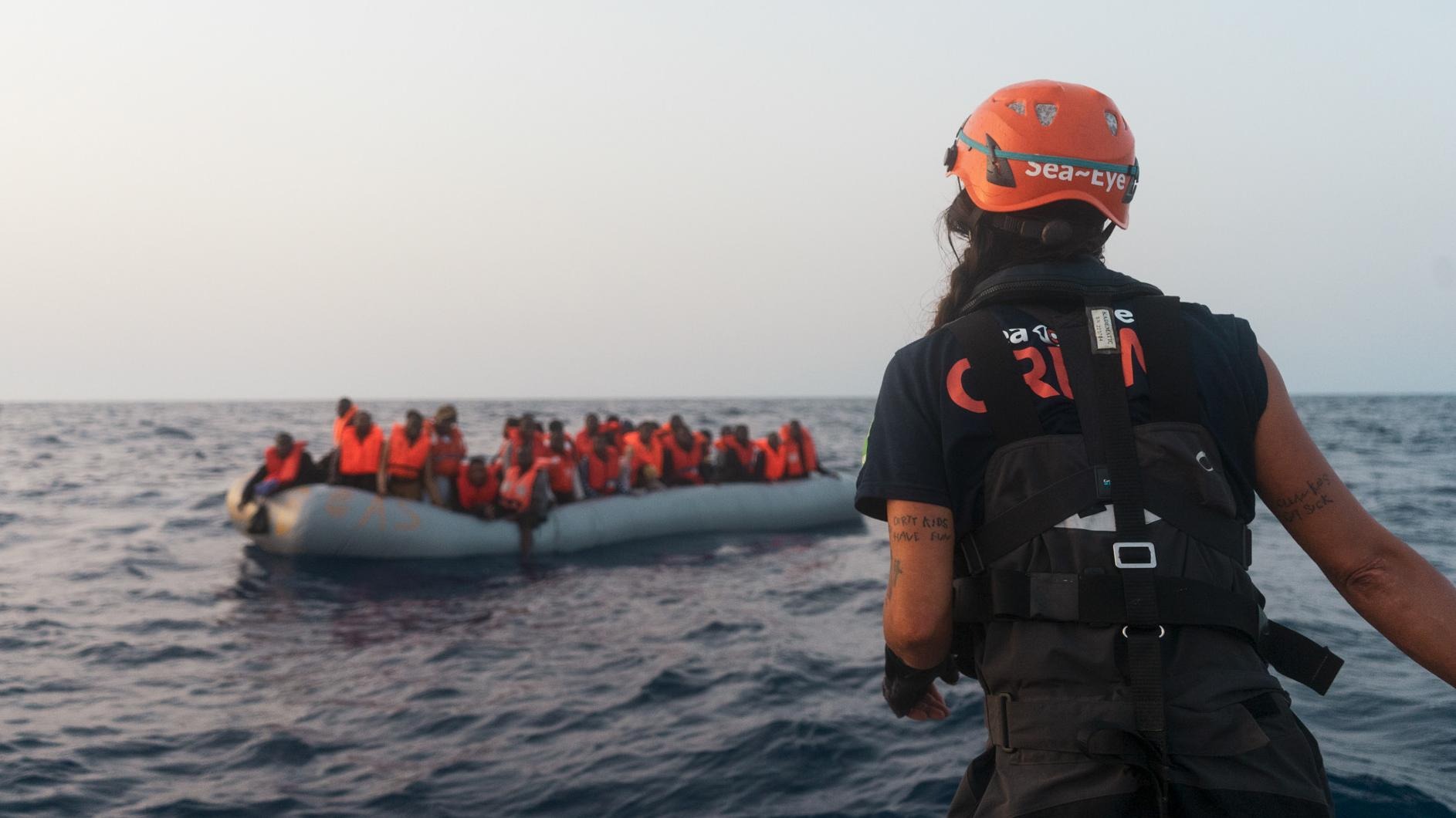
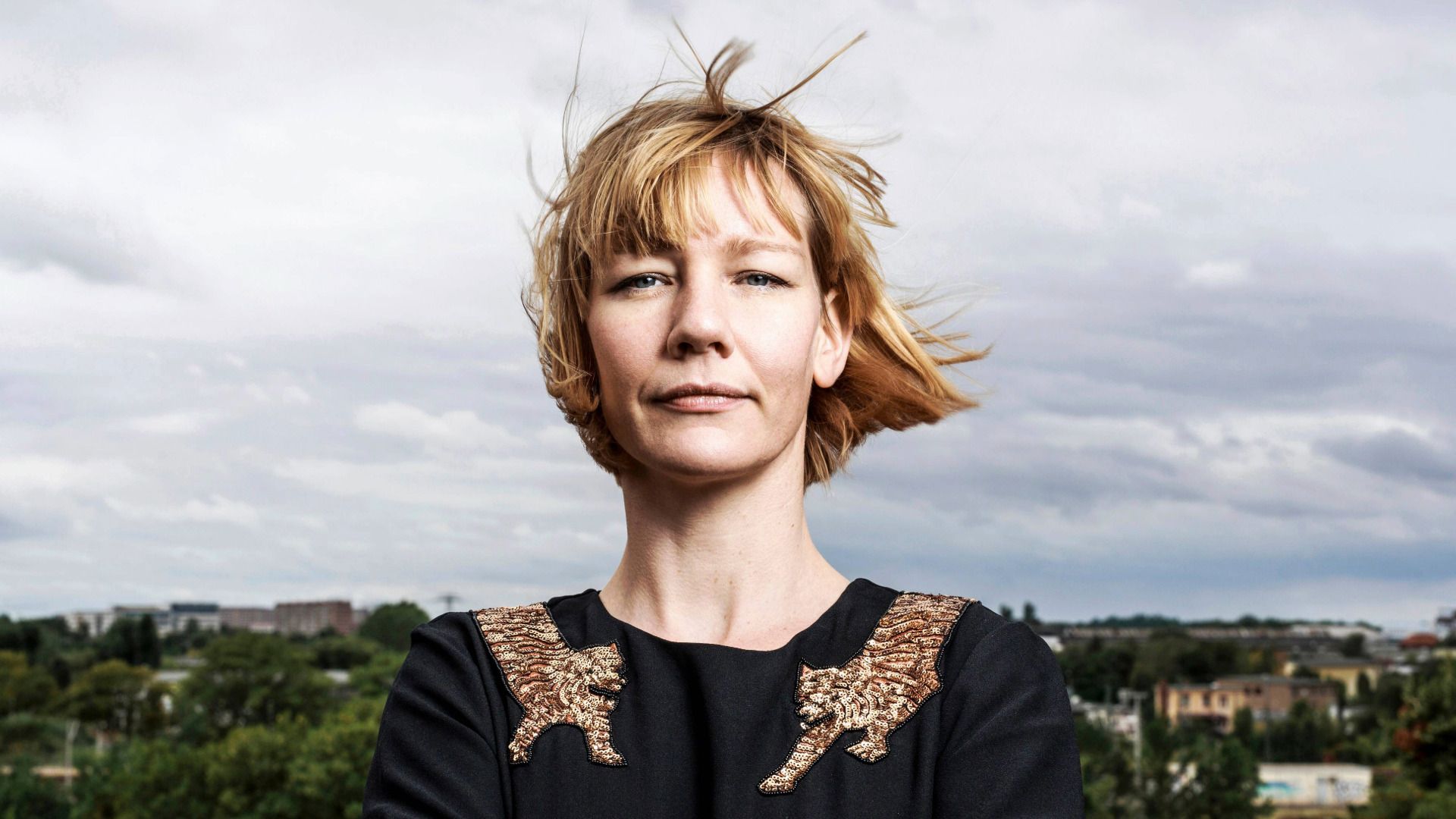 © Christian Hüller / Agentur Focus Veröffentlichung und Weiterverbreitungen sind nur im Zusammenhang mit dieser Pressemitteilung gestattet.
© Christian Hüller / Agentur Focus Veröffentlichung und Weiterverbreitungen sind nur im Zusammenhang mit dieser Pressemitteilung gestattet.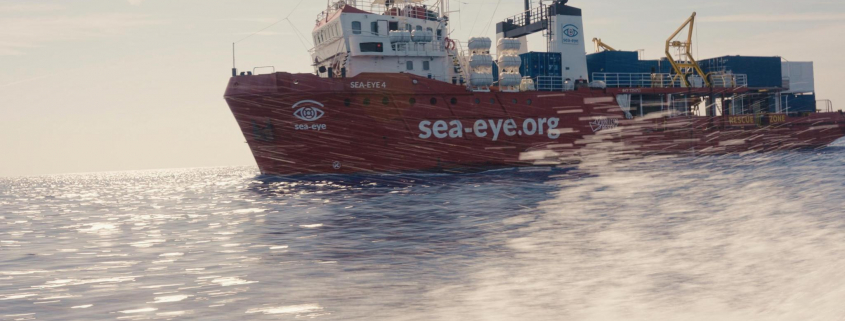 Nils Kohstall
Nils Kohstall